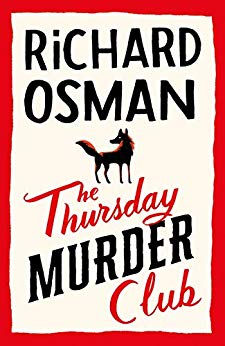Anaïs Nin: Sur la Mer des Mensognes (On The Sea of Lies)
- Bart Verdeyen
- Oct 12, 2022
- 2 min read
Updated: Dec 2, 2022
by Léonie Bischoff

About this book
Early 1930s. Anaïs Nin is living in a Parisian suburb, desperately trying to escape her life as a banker's wife. Having been raised on two different continents and fluent in three languages, she is struggling to find her place in a society that sees women as mere decor. She wants to be a writer and turns to her diary, a trusted companion since her childhood. It is her medicine, her partner, her doppelgänger, allowing her to explore the complex emotions and sensuality she can feel burning deep inside her. Then she meets Henry Miller, who proves to be the catalyst for great change.
“Notre vie est pour une grande part composée de rêves. Il faut les rattacher à l'action." (Our lives are for the most part made out of dreams. You have to reattach them to the action), Journal, Anaïs Nin

Count your Coffees!
This graphic novel is an absolute gem, combining gorgeous art with the compelling, emotional journey of the real-life author Anaïs Nin. The artwork is soft, ethereal almost, and Léonie Bischoff proves she is one of those artists who can redefine the medium, without having to compromise her style. The entire graphic novel is hand-colored (instead of colored in with a computer) and it absolutely shows. It is a beautiful and colorful piece of art, from cover to back.
But this graphic novel is, much like Anaïs Nin herself, so much more than a pretty picture.
The story of her life is both empathic and realistic. While she herself is certainly not without her own faults and petty flaws, she can not be blamed for the world around her, a world that does not understand, or have a place, for female sexuality. Don't be fooled by the pretty colors and soft drawing style though: this book should come with a list of trigger warnings. It doesn't evade the harder topics, such as incest and non-consensual relationships and can be both explicit and toxic at times.








Comments